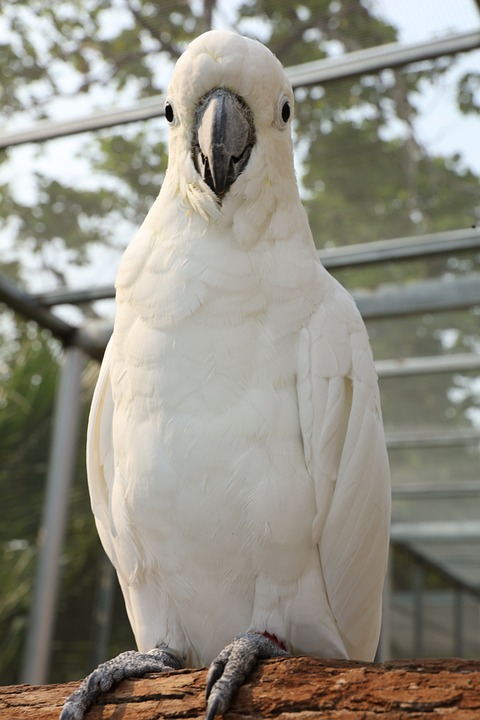Parrots are known for their intelligence, vibrant colors, and ability to mimic human speech. These intelligent creatures also have the capacity to form strong bonds with their human caregivers. Recognizing signs of affection and bonding in parrots is not only essential for your understanding of their emotions but also for strengthening the bond you share with them. In this article, we will explore various behaviors exhibited by parrots that indicate affection and bonding, along with some frequently asked questions about parrot behavior.
Understanding Parrot Affection and Bonding
Parrots are social animals that naturally form strong bonds with their flock members in the wild. When they are kept as pets, they often transfer this need for social interaction onto their human caregivers. By observing their behavior, you can identify signs of affection and bonding, which may include:
1. Head Bobs and Nuzzling: Parrots often show affection by gently bobbing their heads or nuzzling against their owner’s hand or face. This behavior is akin to a hug or a kiss in the parrot world, indicating a strong bond and trust.
2. Preening: Mutual preening is a common behavior among bonded parrots. If your parrot starts to preen your hair, eyebrows, or even your clothes, it is a clear sign of trust and affection. Similarly, if your parrot allows you to gently stroke its feathers, it means they consider you a part of their flock.
3. Following and Perching: Bonded parrots may exhibit clingy behavior by following their owners around the house or perching on their shoulders for extended periods. This behavior signifies a strong desire for companionship and a deep bond between the parrot and its caregiver.
4. Vocalizations: Parrots are known for their vocal abilities, and they use different sounds and tones to communicate various emotions. When a parrot mimics your voice or makes cheerful noises upon seeing you, it indicates their excitement and happiness at your presence, further strengthening the bond you share.
5. Playfulness: Parrots that are bonded to their owners often engage in playful activities, such as hanging upside down, playing with toys, or performing acrobatic tricks. This behavior demonstrates their comfort and trust in their environment and the people around them.
Frequently Asked Questions about Parrot Behavior
Q1: How long does it take for a parrot to bond with its owner?
A: Bonding time varies from parrot to parrot. Some parrots may bond quickly within a few weeks, while others may take several months. It is important to be patient and allow your parrot to adjust to its new home at its own pace.
Q2: Can parrots show affection to multiple family members?
A: Yes, parrots can form bonds with multiple family members. However, they may have a primary caregiver to whom they show the deepest affection and bonding. It is important for all family members to spend quality time with the parrot to establish their own individual bonds.
Q3: What are signs of discomfort or fear in parrots?
A: Signs of discomfort or fear in parrots may include feather ruffling, crouching, hissing, biting, or attempting to escape. If you notice these behaviors, it is important to assess the parrot’s environment and interactions to identify potential stressors and make necessary adjustments.
Q4: Can parrots bond with other pets in the household?
A: Parrots can form bonds with other pets, but it depends on the individual parrot’s personality and the compatibility with the other animals. Introducing parrots to other pets should be done gradually and under close supervision to ensure the safety and well-being of all animals involved.
Q5: Can parrot affection change over time?
A: Yes, parrot affection can change over time due to various factors, including changes in environment, routine, or the addition of new family members. Consistent positive interactions, regular socialization, and providing a stimulating environment will help maintain and strengthen the bond with your parrot.
Understanding the signs of affection and bonding in parrots is crucial for nurturing a healthy and fulfilling relationship with these intelligent creatures. By recognizing their behaviors and meeting their social needs, you can create a strong bond that will bring joy and companionship to both you and your parrot. Remember, patience, love, and respect are key to building a harmonious relationship with your feathered friend.









